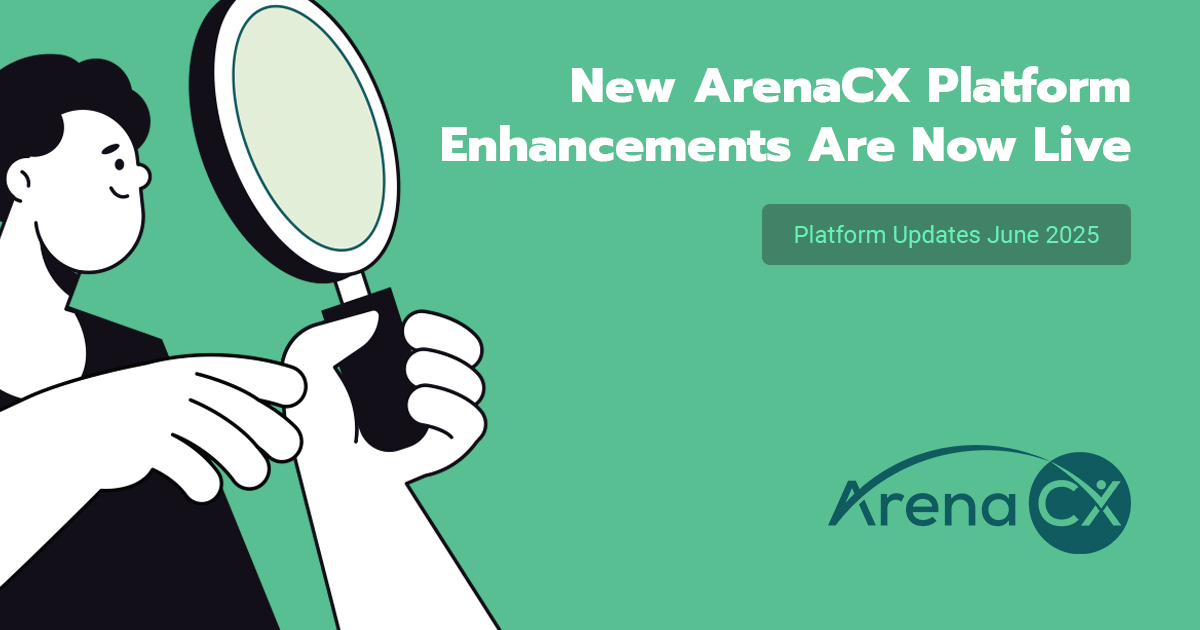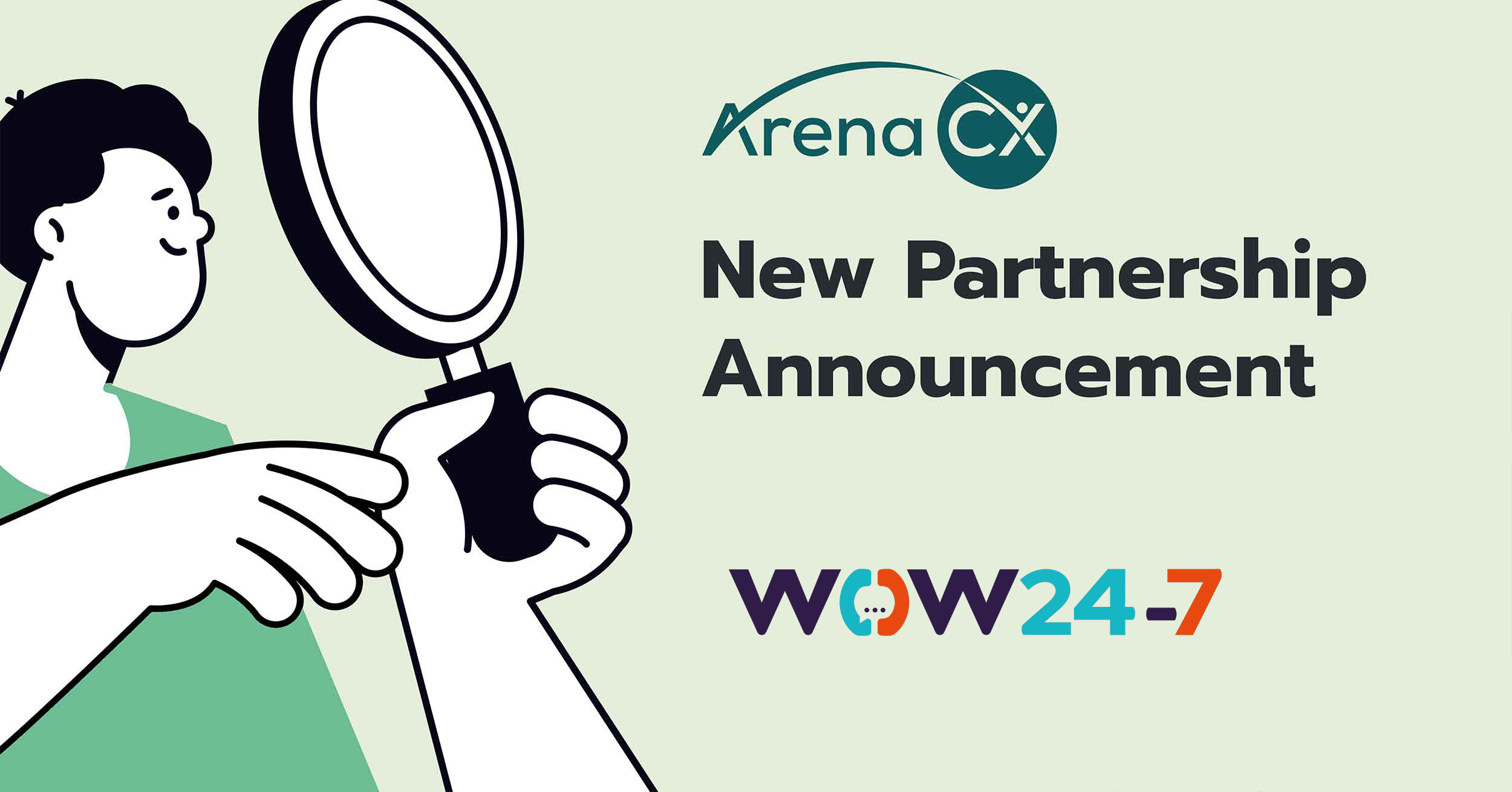Providing exceptional customer experiences has become a critical competitive advantage in this ever-changing business landscape. As technology advances, the future of customer experience (CX) looks promising. Today’s customer demands smooth, personalized, and efficient customer service interactions at every touchpoint.
In this article, we will discuss the delicate balance between personalization and efficiency in customer service and explore why this balance is necessary for customer service excellence.
Personalization in Customer Service
Personalized service is adapting customer experiences to their specific requirements and preferences. Recording and using customer data allows organizations to interact via preferred channels, provide appropriate recommendations, and give consumers a sense of added value.
Why do Customers Expect Personalized Service?
Seventy-one percent of consumers, according to McKinsey, now expect companies to deliver customized interactions.
Two primary factors drive this expectation: first, customers more readily share personal information in exchange for more tailored experiences, and second, the current practice of businesses and platforms offering personalized recommendations based on customer profiles.
Due to this, customers have come to expect personalization in their interactions with businesses, and businesses must now adapt to these evolving expectations.
The Advantages of Personalized Customer Service
There are many advantages to personalized customer service, including:
Historical Context For More Efficient Customer Service
Customer data analytics are critical in creating a more efficient and easy customer service experience. Service professionals can swiftly acquire important information if they thoroughly know the customer’s history and preferences. This not only saves the customer time but also increases overall satisfaction.
Increasing Customer Loyalty
Customer loyalty is greatly enhanced by personalized service. Today, when a single unpleasant experience can cause customers to switch allegiance, providing a tailored and good experience becomes a valuable tool for customer retention.
According to Forbes, forty-four percent of consumers say they will likely repeat after a personalized shopping experience.
Customers who feel understood and valued are more likely to establish brand loyalty, resulting in repeat business and positive word-of-mouth recommendations.
Understanding Customer Service Efficiency
Customer service efficiency is achieving customer service goals with the least work for both customers and companies. Efficiency goes beyond mere speed; it’s about achieving the right balance with the least amount of work necessary. Efficient customer service benefits the business by reducing resource waste and ensuring consumers reach their goals quickly.
Improving Customer Service Efficiency in
While effective customer service gets the job done, efficient customer service gets it done with the least time and effort. While exceptional customer service is not necessarily efficient, efficiency is critical for improving customer experience and happiness.
Quick and efficient operations, as well as a streamlined client journey, lead to increased efficiency.
Step 1: Be Specific About Your Objectives
Define clear objectives while keeping both the team and the consumer in mind. Shorten response times, reduce back-and-forth, and ensure data consistency across platforms to reduce effort.
Workflow planning and decluttering entails mapping customer service workflows, detecting bottlenecks, and streamlining processes. Improve overall efficiency by streamlining customer journeys by removing superfluous stages.
Step 2: Use Technology to Your Advantage
Select technology that reduces the effort required by customers and the support team. To improve efficiency without losing service quality, use live chat, which can be combined with chatbots and knowledge libraries.
Step 3: Always Test
Collect input from clients and the staff regularly. Experiment, improve processes, and adapt to what works best for your own circumstances. The importance of adaptability and constant improvement cannot be overstated.
Step 4: Implement Continuous Improvement
Efficiency is an ongoing journey, not a one-time achievement. Create a culture of ongoing customer service improvement. Analyze workflows regularly to identify and improve areas, staying ahead of possible issues. Invest in ongoing training for customer care representatives to keep them up to date on new technology and changing consumer expectations. This commitment makes sure that efficiency is embedded in the organizational culture.
The Dual Importance of Personalization and Efficiency
Personalization and efficiency are critical in improving customer satisfaction and operational scalability.
Personalization Boosts Customer Satisfaction
Personalization focuses on cultivating conversations personalized to individual consumer choices, behaviors, and history. This personalization develops a stronger bond, which leads to increased consumer satisfaction.
Personalization is vital in developing long-term relationships in addition to transactional rewards. Loyalty grows when customers feel understood and valued, transforming them into long-term brand supporters.
Efficiency Improves Operational Resilience and Scalability
Efficient procedures are the backbone of scalable operations. Maintaining a balance between individualized service and streamlined procedures becomes increasingly important as organizations grow to avoid bottlenecks and preserve service quality.
Strategies for Striking The Right Balance
You can strike the right balance by using technology, strategic investments in data for personalization, and process optimization for efficiency.
Invest In Advanced CRM Systems
Invest in advanced Customer Relationship Management (CRM) systems that provide a comprehensive picture of customer data, allowing service agents to perform individualized interactions based on a thorough grasp of client preferences and history.
Use artificial intelligence (AI) and machine learning (ML) techniques to handle customer data. These technologies anticipate consumer preferences, allowing for more proactive and tailored service.
Collect Data For Personalized Experiences
Implement robust data security procedures to address privacy concerns. Customers are more inclined to offer data if they believe it will be used properly. Transparency surrounding data usage strengthens this trust.
Actively seek customer feedback via surveys to learn about their preferences. Direct client feedback is a significant resource for developing effective personalization methods.
Improving Manual Processes for Better Efficiency
Analyze customer service workflows regularly to identify bottlenecks and areas for improvement. Regularly train customer service staff to keep up with changing technologies and consumer expectations. A well-trained crew is essential for ensuring efficiency while providing individualized service.
Wrapping Up
Success in modern customer service comes from understanding client needs and keeping things simple. Organizations that grasp and apply this balance meet customer demands and build loyalty and long-term relationships.
Related Articles
Want more? Here are some other blog posts, topics and articles you might be interested in.













